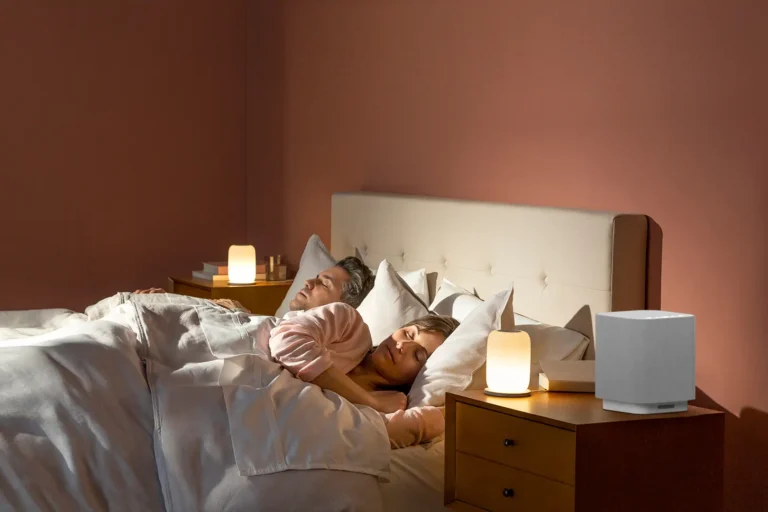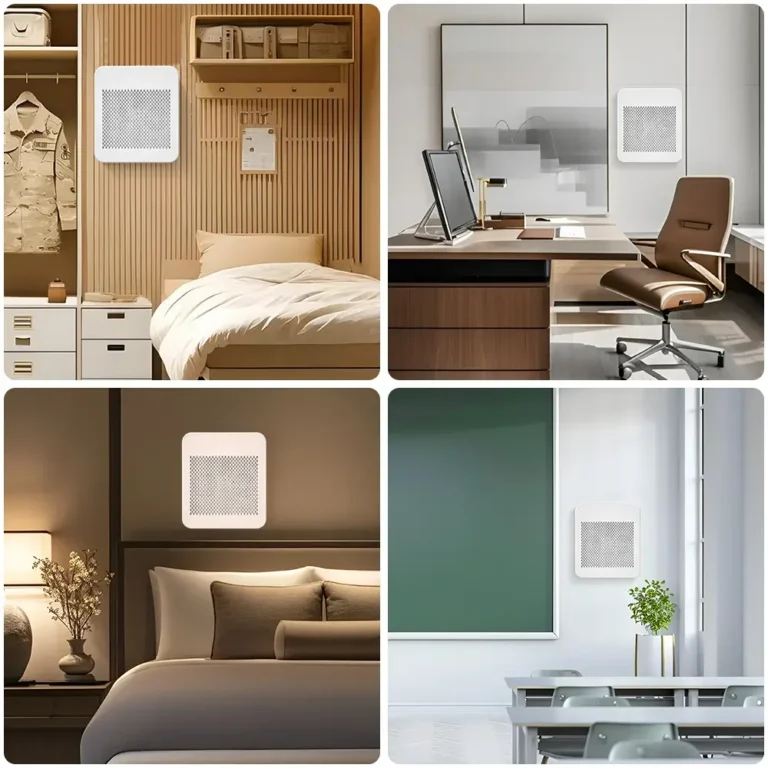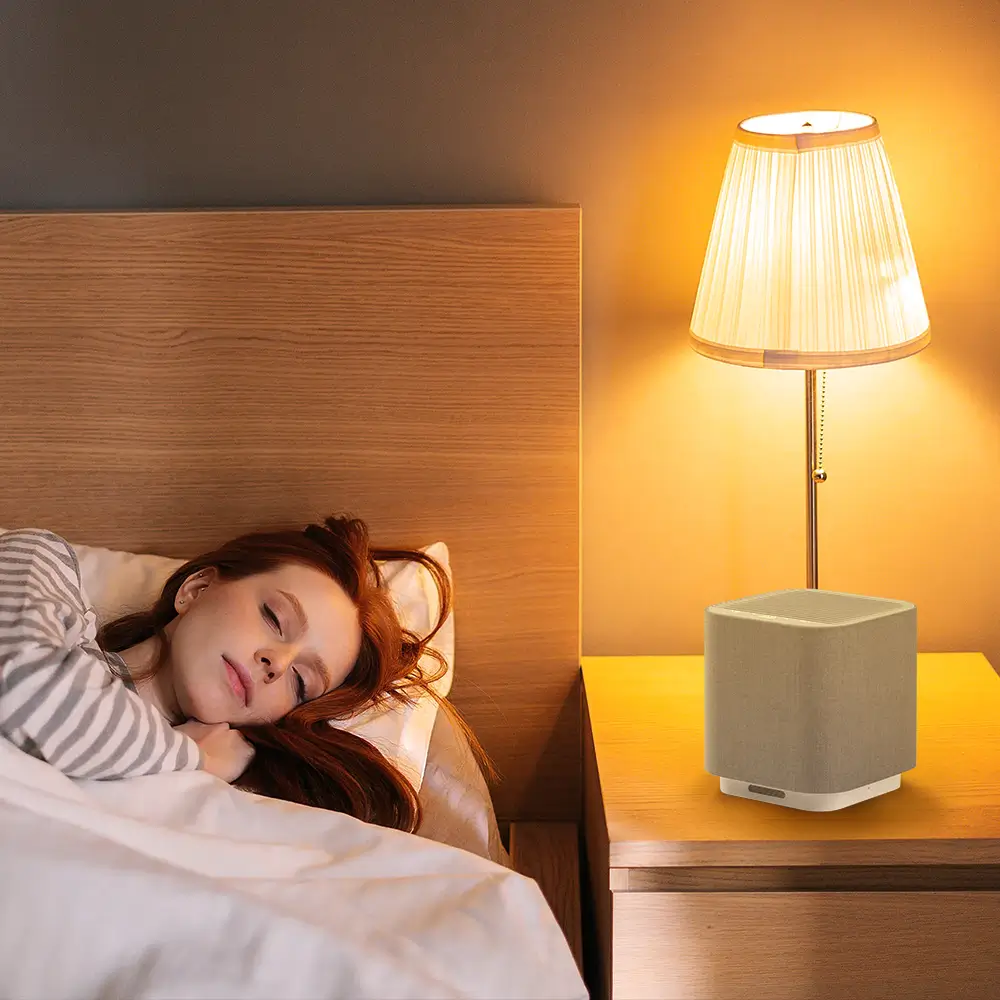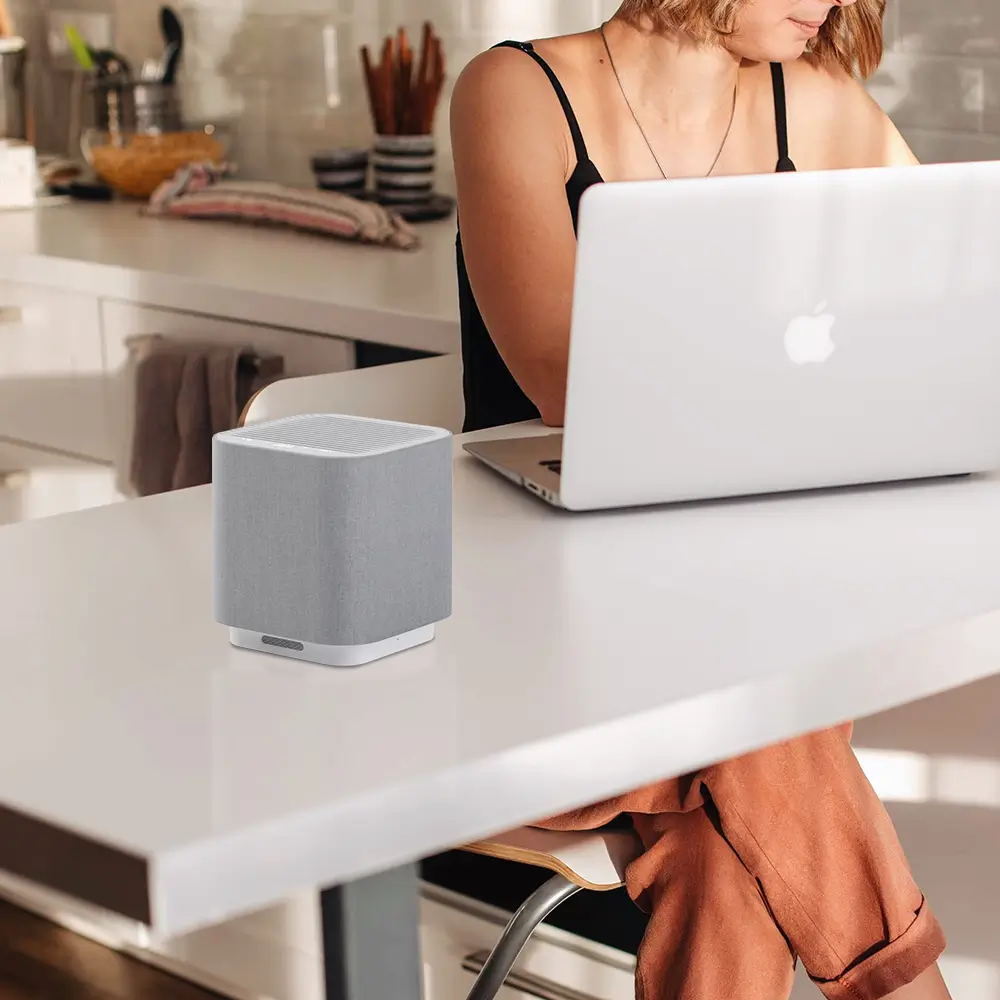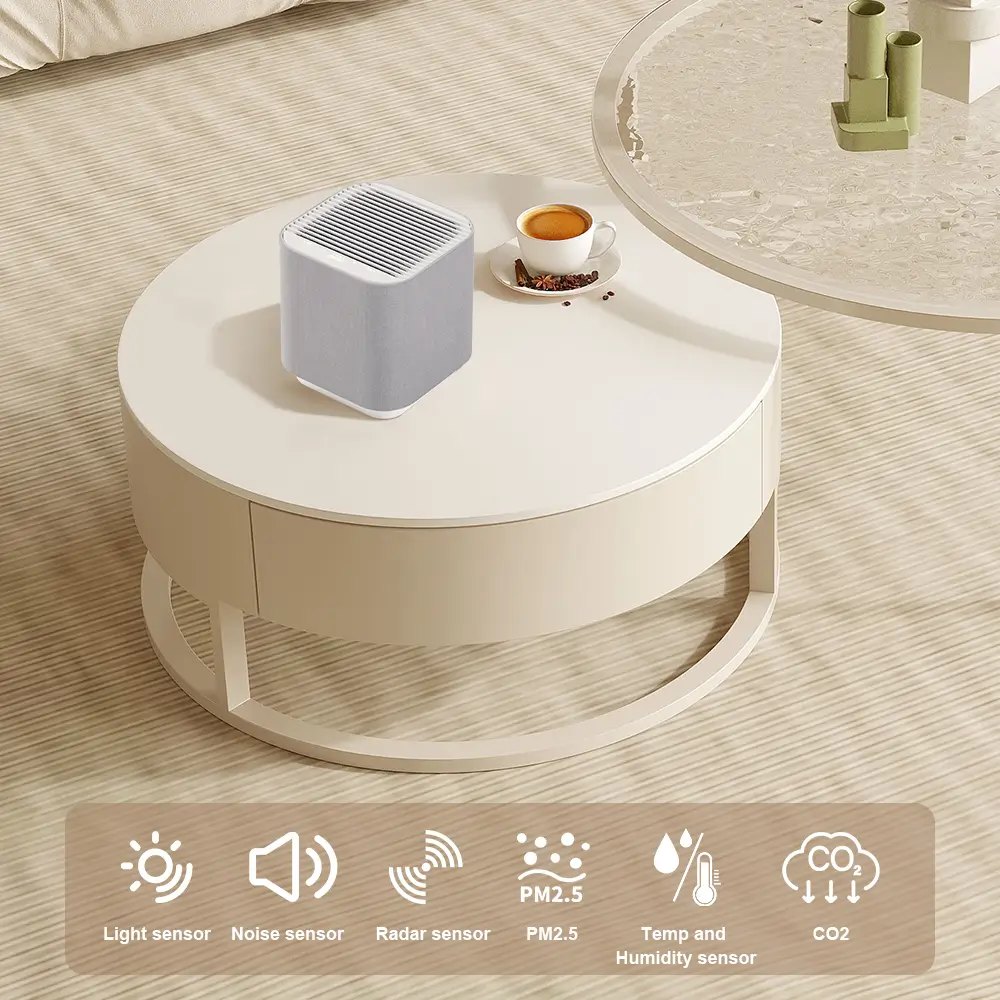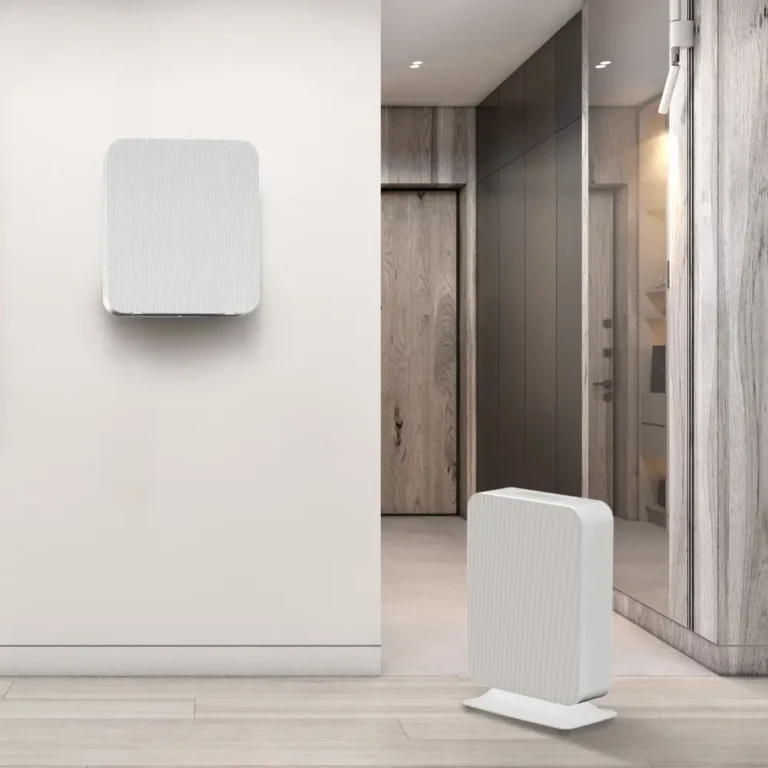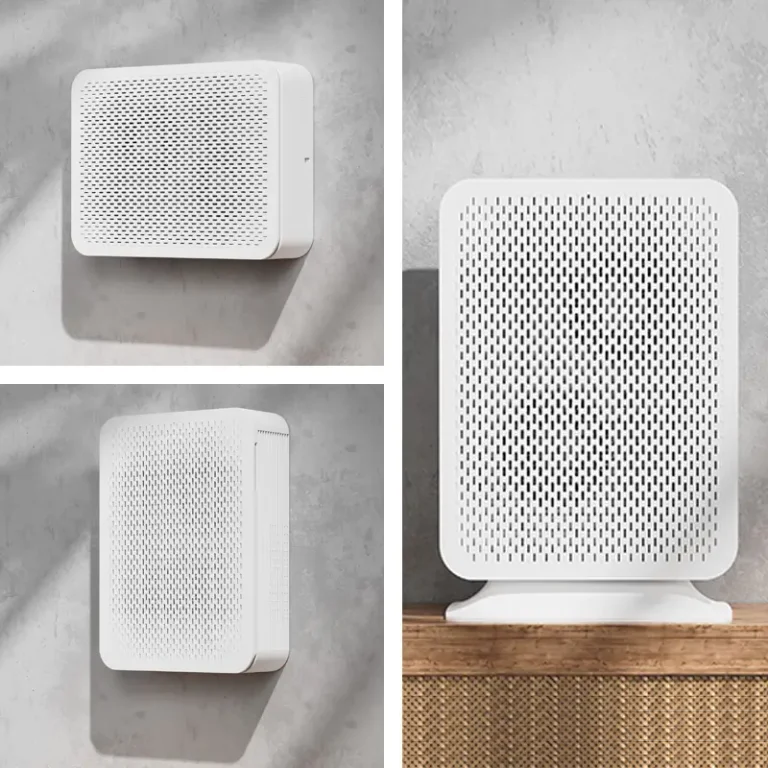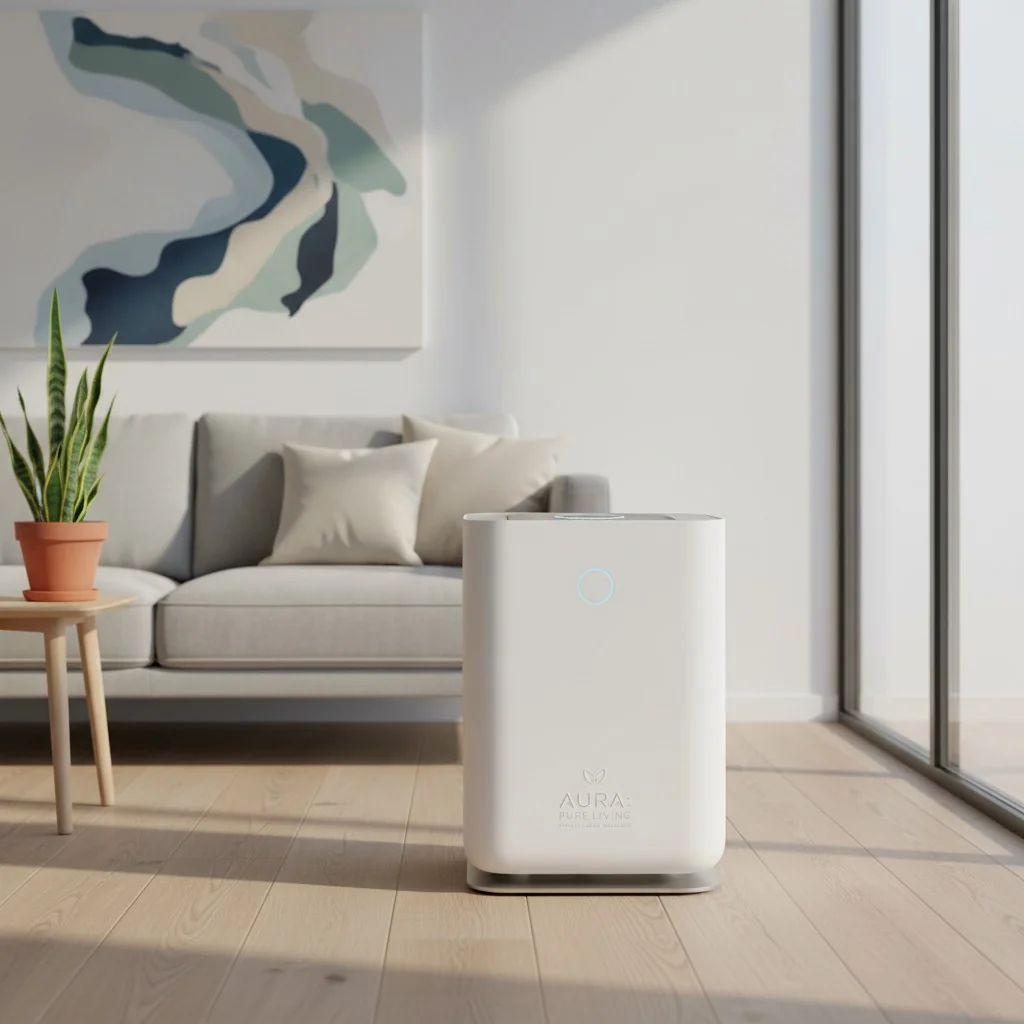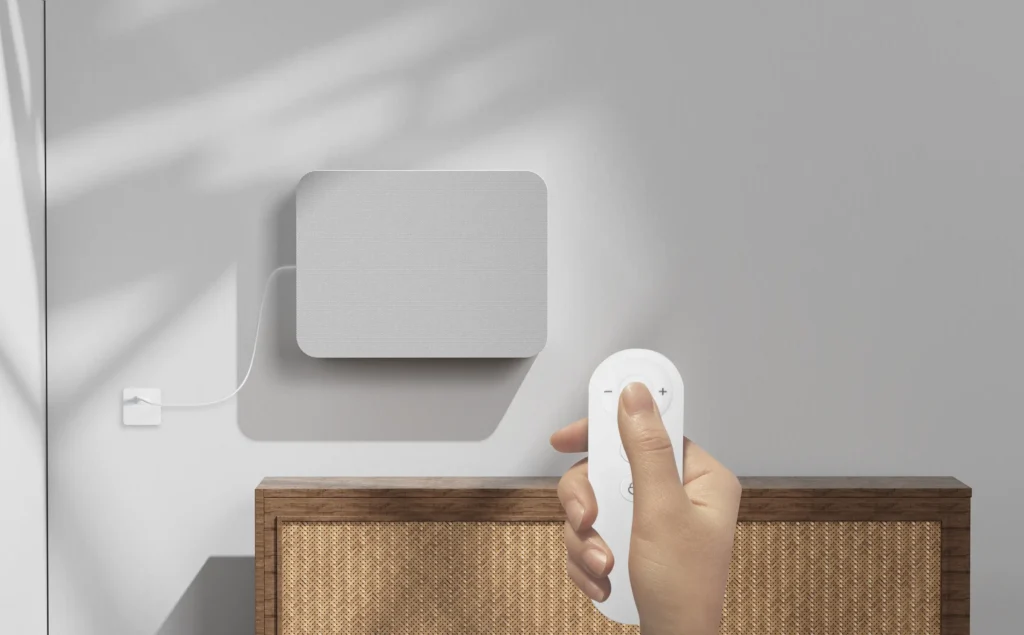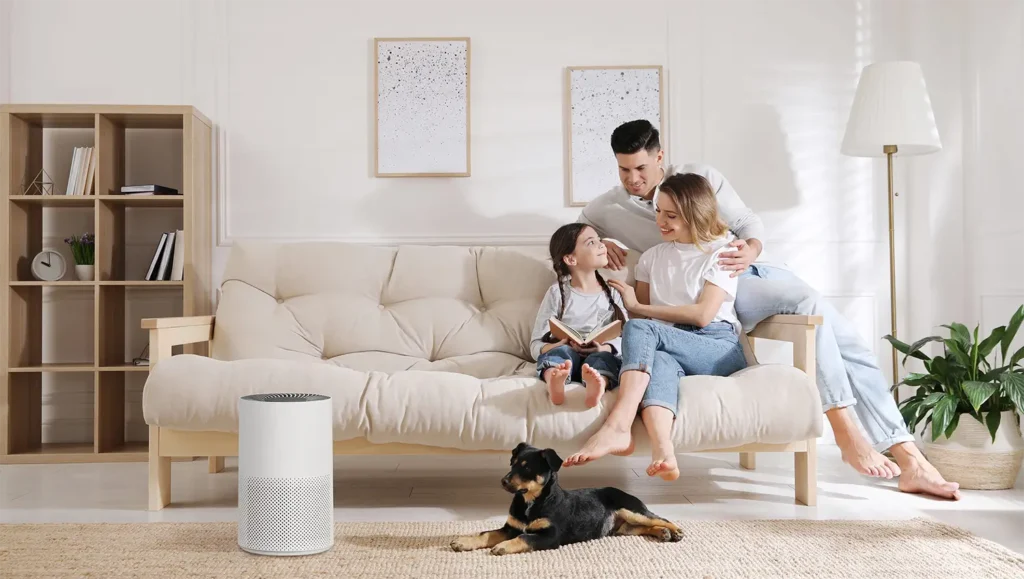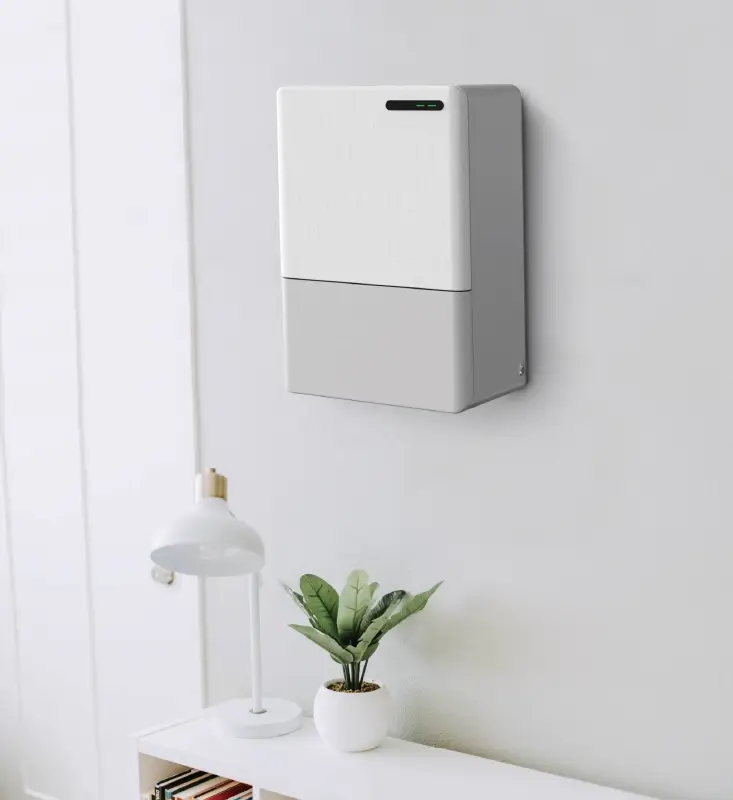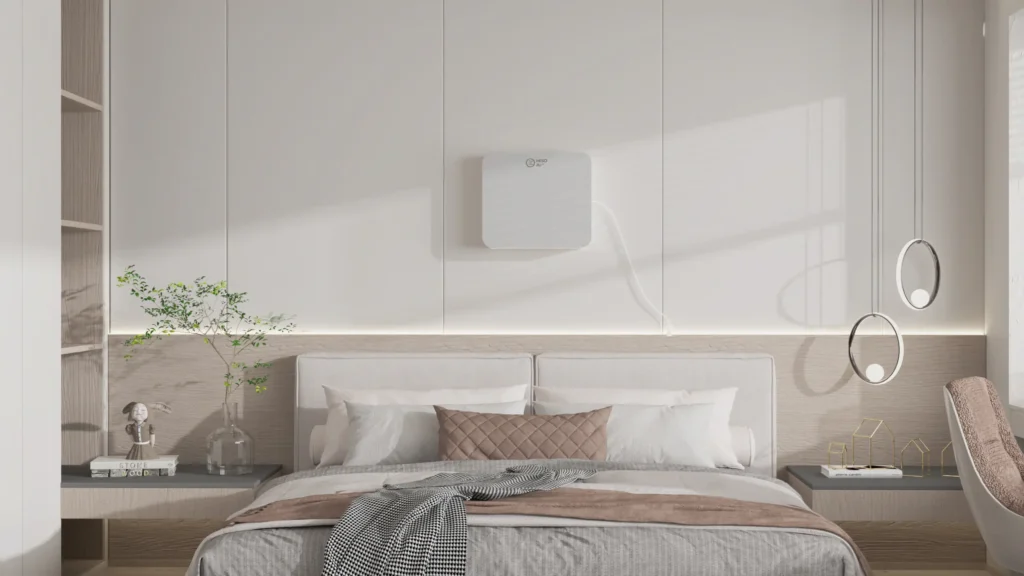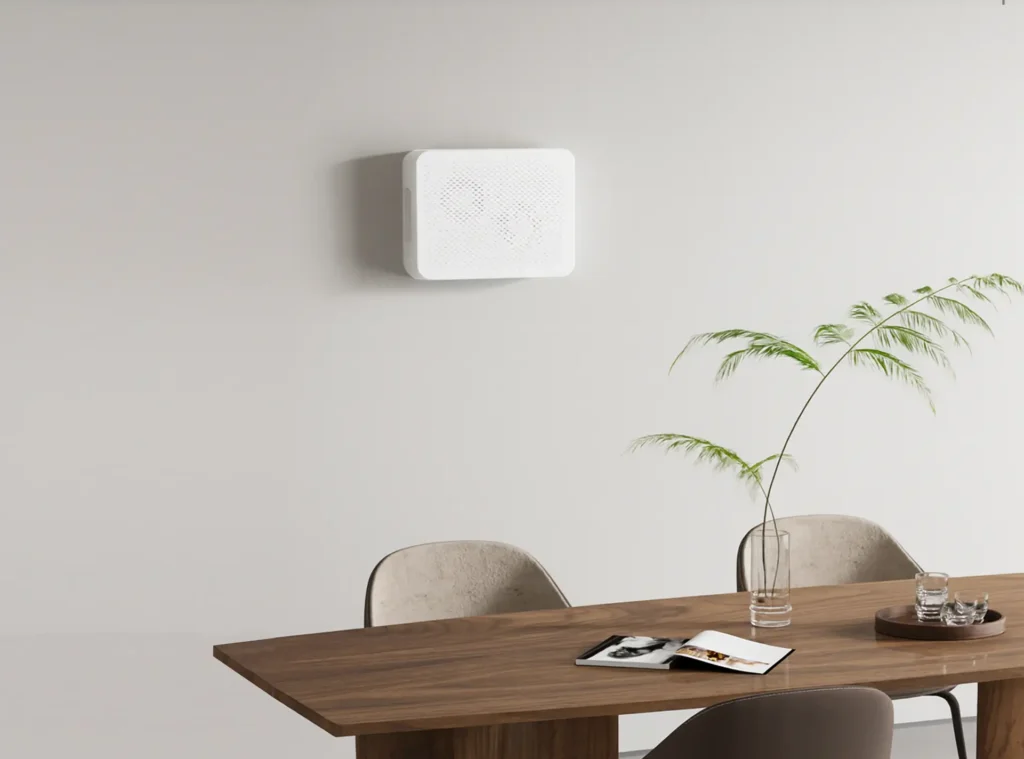As indoor air quality becomes a top health concern and the global air purifier market surges, a fundamental divide has emerged between two dominant product formats: portable and wall-mounted purifiers. This article explores the core drivers of consumer preference across residential and commercial markets, unpacking their respective strengths, constraints, and strategic implications. The global air purifier market was valued at USD 17.12 billion in 2024 and is projected to reach USD 34.09 billion by 2034, with a notable CAGR. This growth is driven by increasing awareness of indoor air quality issues, rising air pollution levels, and a growing prevalence of respiratory diseases.
Design Duality: Spatial Integration and Lifestyle Fit
Portable Purifiers
Portable air purifiers offer unparalleled flexibility, being easily movable and plug-and-play. This makes them ideal for renters, individuals living in small spaces, and those who wish to target specific rooms for purification. The increasing emphasis on design aesthetics means that portable units are now often crafted to complement modern interiors, becoming a part of the home decor rather than just a functional appliance. For instance, the HisoAir HA100D series desktop air purifier is palm-sized, making it incredibly compact and easy to carry, blending seamlessly into various travel and home environments.
Wall-Mounted Purifiers
Wall-mounted purifiers, conversely, are fixed installations. Their primary advantage lies in saving floor space and integrating cleanly into minimalist or commercial environments. Premium models often feature art-panel fronts and adopt an "invisible appliance" design strategy, allowing them to blend into the background or even enhance the aesthetic of a room. HisoAir's wall-mounted air purifiers, for example, are ultra-slim at just 144mm thin, offering a sleek and modern aesthetic while taking up zero floor space.
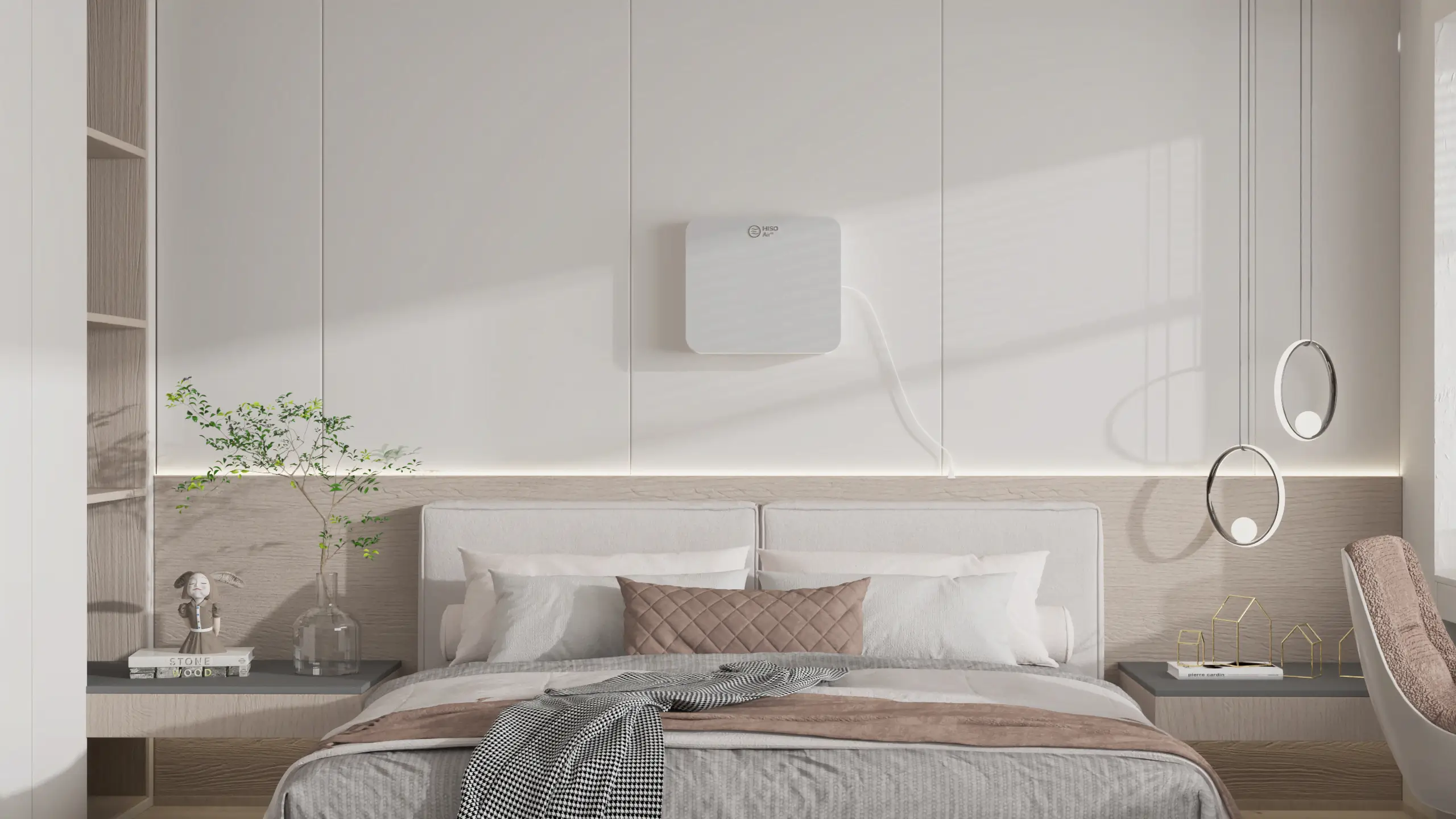
Functional Efficacy: Coverage, Placement, and Performance
Air Circulation Dynamics
Wall-mounted units inherently offer superior air distribution due to their elevated placement, avoiding ground-level obstructions common with portable units. This allows them to be installed at optimal breathing height (1.2–1.5m), maximizing their health impact by circulating purified air more effectively throughout a space. Portable units, while flexible, may not achieve the same level of comprehensive air circulation, especially in larger rooms or areas with complex layouts.
Coverage and CADR Ratings
Portable models are typically designed to serve single rooms, with their effectiveness directly tied to their Clean Air Delivery Rate (CADR) and the size of the space. Wall-mounted units, on the other hand, are better suited for larger or shared spaces, offering broader coverage. Savvy consumers now guide their purchases by CADR-matching and the “Two-Thirds Rule,” ensuring the purifier’s capacity aligns with the room’s volume. For instance, the HisoAir HA100D Pro desktop air purifier, while not wall-mounted, boasts a large CADR (120m³/h) and powerful airflow, making it suitable for larger classrooms or commercial spaces, demonstrating the importance of CADR in product selection.
Filtration Technologies
Both portable and wall-mounted air purifiers commonly utilize HEPA (High-Efficiency Particulate Air) and activated carbon filters as standard. HEPA filters are highly effective at capturing 99.97% of airborne particles as small as 0.3 microns, including dust, pollen, pet dander, mold spores, and smoke. Activated carbon filters are crucial for addressing volatile organic compounds (VOCs), odors, and gases. Premium multi-stage filters, such as those found in some advanced models, further address specific pollutants like formaldehyde, enhancing overall air quality. HisoAir’s wall-mounted purifiers feature high-dust capacity HEPA filtration and antibacterial filter protection, inhibiting microbial growth and preventing secondary pollution. The HA-D10 portable purifier also incorporates a True HEPA filter, highlighting the ubiquity and importance of this technology across different purifier types.
Ownership Practicalities: Installation, Cost, and Maintenance
Installation Barriers
One of the most significant practical differences between portable and wall-mounted air purifiers lies in their installation requirements. Portable units require no structural changes, making them the only viable option for renters or those who frequently rearrange their living spaces. Wall-mounted units, conversely, necessitate drilling and often professional installation, which can be a barrier for renters due to lease agreements or for homeowners who prefer not to undertake such modifications. This ease of installation is a major driver of the portable segment's dominance in residential markets.
Cost of Ownership
Portable air purifiers generally dominate the market due to their affordability and lower entry price points. While the initial purchase price is a factor, consumers are increasingly considering the long-term cost of ownership, which includes filter replacement and energy consumption. The market is seeing a trend towards longer filter life (up to 2 years) and the emergence of washable pre-filters, which significantly reduce ongoing maintenance costs. Energy efficiency, often indicated by certifications like Energy Star, is also a key consideration for consumers looking to minimize operational expenses.
Maintenance Expectations
Maintenance expectations vary between consumer segments. In commercial environments, a "set-and-forget" approach is often preferred, where units require minimal intervention. For residential users, while ease of maintenance is valued, there's a greater willingness to perform routine tasks like filter changes. The desire for reduced filter replacement hassle and energy-efficient operation is a universal expectation, driving innovation in filter longevity and smart features that alert users to maintenance needs.
User Experience: Interaction, Safety, and Behavior
Safety Considerations
Safety is a crucial factor influencing consumer choice, particularly in households with children and pets. Wall-mounted units offer a significant advantage in this regard, as they are installed out of reach, eliminating the risks of tripping, tampering, or tipping that can be associated with portable units. This makes them a safer option for environments where active children or curious pets are present, providing peace of mind for homeowners and commercial establishments.
User Engagement
Portable purifiers inherently support more interactive use. Users can easily move units between rooms, adjusting settings based on immediate needs or preferences. This flexibility allows for a more hands-on approach to air purification, catering to individuals who prefer active management of their indoor air quality. In contrast, wall-mounted purifiers are designed as passive, continuous systems. Once installed, they operate largely in the background, making them better suited for institutions and workplaces where consistent, unobtrusive air purification is desired without frequent user interaction.
Market Landscape: Growth, Segments, and Geography
Global Outlook (2024–2034)
The global air purifier market is experiencing robust growth, with various reports projecting significant expansion over the next decade. Estimates for the market size in 2024 range from USD 16.84 billion to USD 18.344.8 million, with projections for 2034 reaching as high as USD 66.193.5 million. The Compound Annual Growth Rate (CAGR) is anticipated to be between 6.6% and 17.1%, indicating a healthy and expanding market driven by increasing awareness of indoor air quality and rising pollution levels globally.
Segment Dominance
Portable units currently dominate the air purifier market in terms of volume, accounting for a significant global share, driven primarily by residential demand and the constraints of rental housing. Their affordability and flexibility make them a popular choice for individual consumers. Conversely, wall-mounted/fixed units, while representing a smaller volume share, are preferred in commercial settings and generate a substantial portion of market revenue, often exceeding 58%. This highlights a clear segmentation in the market, with portable units catering to the mass consumer market and wall-mounted solutions addressing the needs of businesses and institutions.
Regional Highlights
Geographically, the Asia-Pacific region leads in terms of volume, with countries like China and India being major contributors to market growth. This is largely due to high population density and significant air pollution challenges in these areas. North America is also experiencing substantial demand, partly driven by increasing concerns over wildfire smoke and other environmental factors. Europe is another growing market, propelled by stricter environmental regulations and a rising prevalence of respiratory conditions such as asthma. These regional variations underscore the diverse factors influencing air purifier adoption worldwide.
Consumer Profiles: Motivation, Constraints, and Segmentation
Health-Driven Decisions
At the heart of air purifier purchases are health-driven decisions. Consumers primarily cite concerns such as allergies, asthma, smoke, and general indoor pollutants as the top triggers for investing in air purification solutions. The desire to mitigate these health risks and create a healthier living or working environment is a powerful motivator, driving demand across various demographics.
Key Purchase Criteria
Beyond the fundamental health benefits, several key criteria influence consumer purchasing decisions. These include CADR alignment with room size, noise levels (especially for bedroom use), the type and longevity of filters, energy efficiency, and the integration of smart features. Consumers are increasingly looking for devices that not only effectively purify the air but also offer convenience, quiet operation, and long-term cost savings.
Renter vs. Homeowner Divide
A significant segmentation exists between renters and homeowners. Renters, often highly motivated by indoor air quality concerns but constrained by budget and lease restrictions, overwhelmingly opt for portable air purifiers. The ease of installation and portability makes these units a practical and often the only viable choice. Homeowners, on the other hand, have broader access to and can consider wall-mounted or integrated whole-house systems, which offer more permanent and comprehensive solutions. Commercial buyers prioritize reliability, safety, and low-maintenance operation, often leaning towards robust, fixed installations that can handle larger spaces and continuous use.
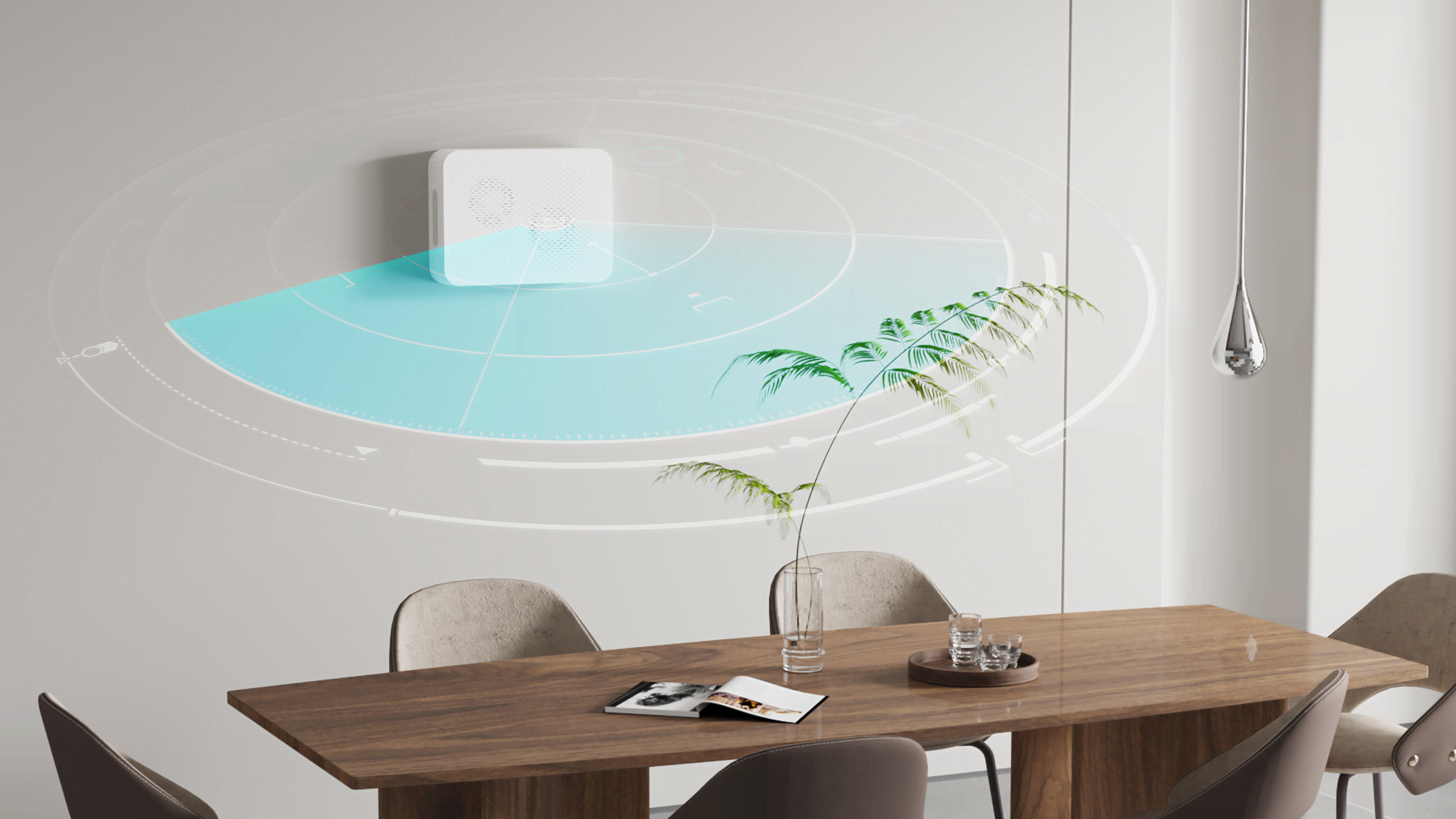
Innovation Horizon: Intelligence, Integration, and Sustainability
Smart Features & Automation
The future of air purification is increasingly intelligent. Smart features such as auto mode, PM2.5 sensors, and app control are rapidly becoming baseline expectations for consumers. The integration with broader smart home ecosystems, like Matter, allows for seamless control and automation, enabling purifiers to respond dynamically to changes in indoor air quality or user presence. This shift towards automation enhances user convenience and ensures optimal performance without constant manual adjustments.
AI & Predictive Purification
Looking ahead, the next generation of air purifiers will leverage artificial intelligence (AI) and machine learning to offer predictive purification. These future-ready units will learn user patterns, understand environmental factors, and adapt their behavior proactively to maintain optimal air quality. This could include anticipating periods of high pollution based on weather forecasts or adjusting operation based on occupancy patterns, moving beyond reactive filtration to proactive air management.
Filtration Innovation
Innovation in filtration technology continues to be a key driver. Multi-stage and customizable filters are becoming more common, allowing users to tailor purification to specific needs, such as enhanced VOC removal or allergen capture. Advanced materials and technologies, like catalytic formaldehyde breakdown and optional UV-C sterilization, are being integrated to address a wider range of pollutants. The focus is on developing more efficient, longer-lasting, and environmentally friendly filtration solutions.
Design & Sustainability
Beyond functionality, design and sustainability are converging as critical considerations. Consumers are increasingly seeking devices that not only perform well but also integrate aesthetically into their living spaces. This includes designs that double as decor, as seen with brands like Rabbit Air and Dupray. Furthermore, environmental responsibility is gaining prominence, with innovations such as wool-based biodegradable filters (e.g., Blueair x Lanaco) reflecting a growing demand for sustainable and eco-friendly air purification solutions. This holistic approach to product development considers both the immediate impact on air quality and the broader environmental footprint.
Strategic Implications: How Brands Should Respond
Embrace Renter-Centric Design
Given the significant market share held by portable units, particularly among renters, brands must prioritize designs that cater to this demographic. This means focusing on compact footprints, appealing aesthetics, affordability, and ease of ownership. Products should be plug-and-play, require minimal installation, and offer features that resonate with a mobile lifestyle, such as long battery life and USB-C charging, as exemplified by the HisoAir HA-D10.
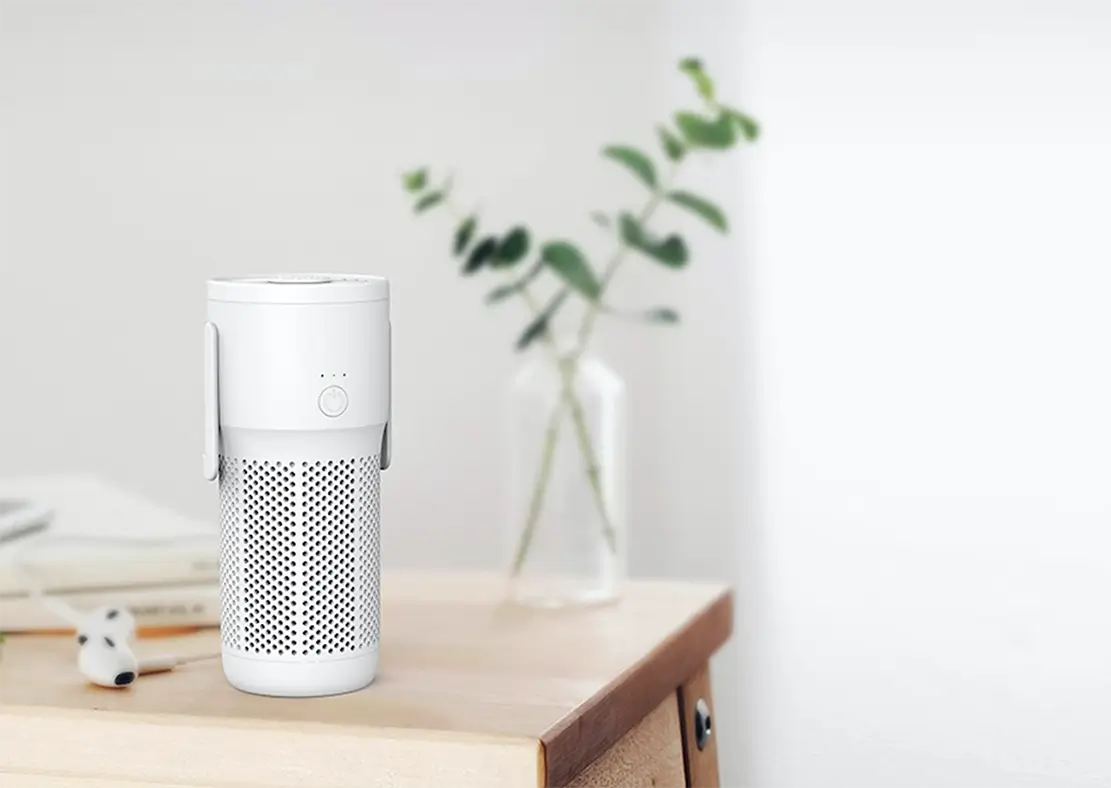
Segment B2C vs. B2B with Purpose
The clear distinction in preferences and requirements between residential (B2C) and commercial (B2B) markets necessitates a segmented approach. Brands should develop separate product lines, sales strategies, and value propositions tailored to each market. For B2C, emphasis should be on user-friendliness, design, and health benefits. For B2B, the focus should shift to reliability, safety, low maintenance, and the ability to handle larger, more demanding environments, where wall-mounted solutions often excel.
Invest in “Intelligent Simplicity”
While smart features are becoming standard, brands should prioritize functional automation, seamless user interfaces (UI/UX), and real-world smart integrations over flashy, complex features. The goal should be to make air purification effortless and intuitive, allowing devices to operate efficiently in the background without constant user intervention. This includes features like auto mode, accurate PM2.5 sensors, and reliable app control that genuinely enhance the user experience.
Elevate Design and Environmental Responsibility
In an increasingly competitive market, form, function, and sustainability must converge, especially in the premium segment. Brands should invest in aesthetically pleasing designs that complement modern interiors and explore eco-friendly materials and manufacturing processes. The development of sustainable filtration solutions, such as biodegradable filters, will not only appeal to environmentally conscious consumers but also contribute to a more responsible industry.
Balance Channels: Online First, Offline Still Matters
While a strong direct-to-consumer (D2C) digital presence is essential for reaching a broad audience and facilitating online sales, the importance of in-store placement should not be underestimated. Physical retail environments provide opportunities for consumers to experience products firsthand, build trust, and make informed purchasing decisions. A balanced channel strategy that leverages both online reach and offline engagement will be crucial for market penetration and sustained growth.
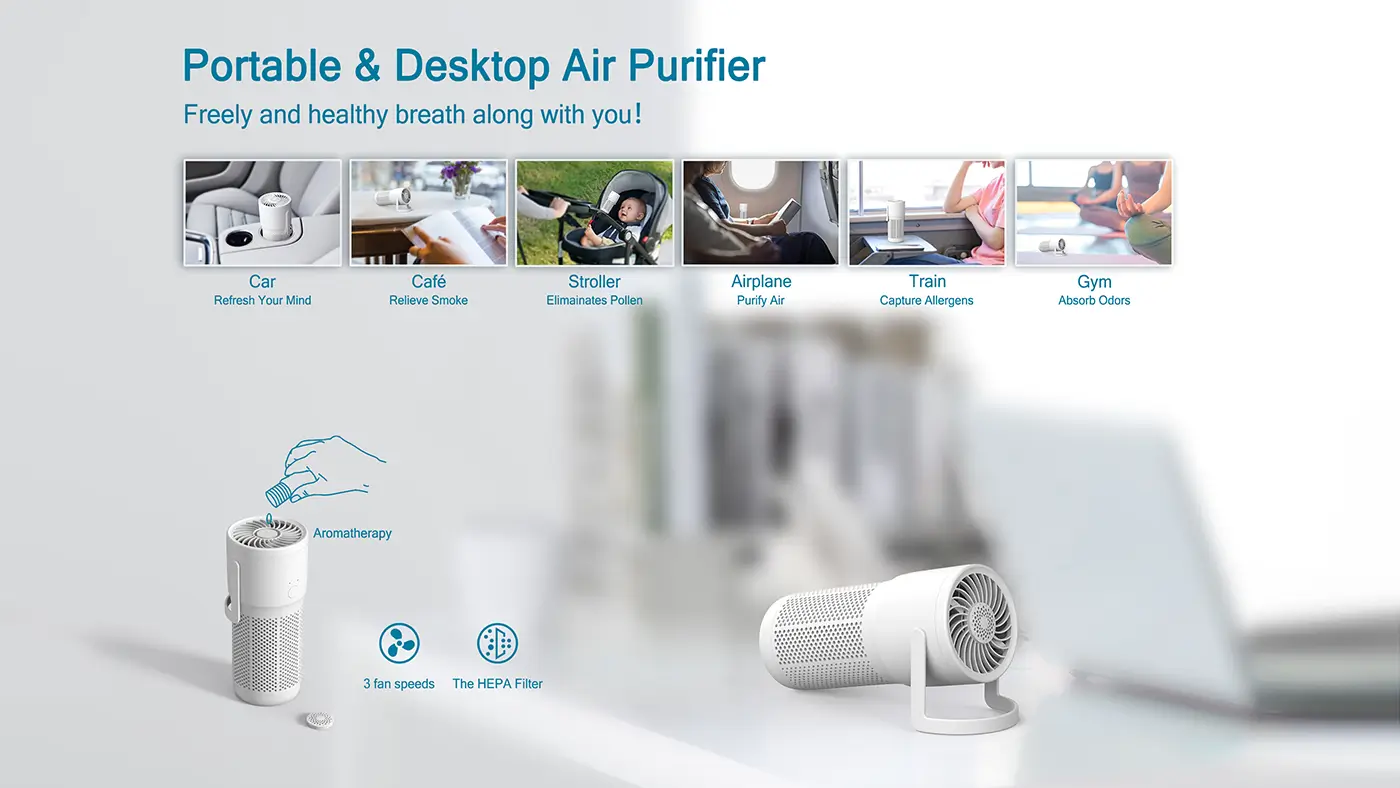
결론
Consumer preference in air purification isn’t a binary of function it’s shaped by housing realities, health priorities, and evolving expectations. Portable purifiers dominate by necessity and practicality, while wall-mounted systems thrive in high-value environments where performance and permanence matter most. Brands that strategically bridge these worlds delivering flexibility to renters and sophistication to institutions will define the next era of clean air innovation.

